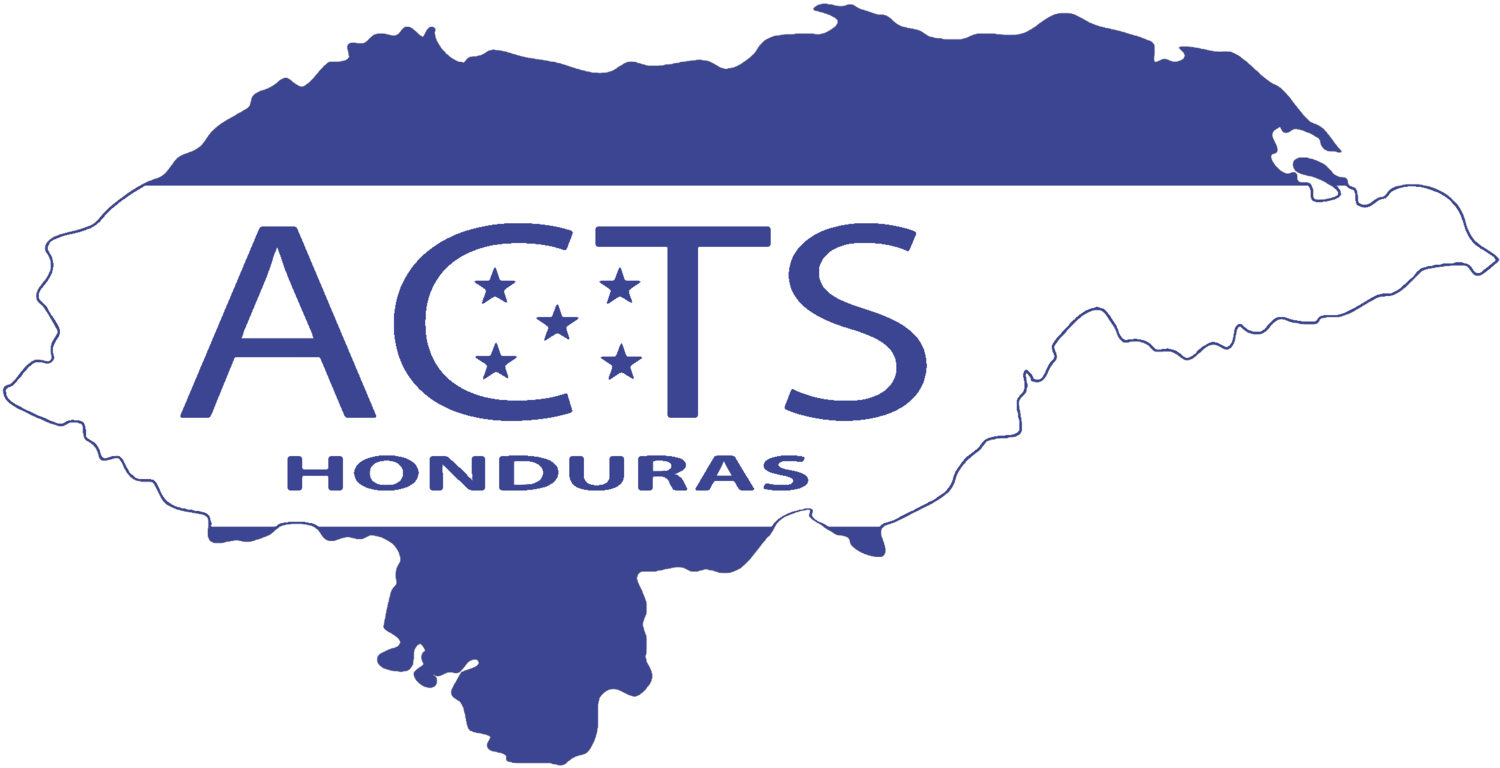Reducing Dermal Exposure From Pesticides in Rural Honduras
Personal exposure to agricultural chemicals, including some that cause cancer, is a gnawing concern for the farmers of El Rosario and nearby Honduran communities. They may know about the dangers, but the pesticides are seen as a necessity of life, and safer ways to use them may not take hold.
Now, two leaders of ACTS Honduras are among the co-authors of a path-breaking study to demonstrate one way to spread best practices in communities like El Rosario, where ACTS focuses its efforts. The study was published in the peer-reviewed International Journal of Hygiene and Environmental Health.
It’s a strong example of how ACTS engages with the townspeople and seeks innovative ways to improve their lives.
The project combined chemical safety education with the use of a fluorescent tracer dye that shows where a pesticide has touched people, and demonstrated that using the dye can help drive the safety lessons home -- in much the way that a dentist might use a dye to show a child the importance of proper brushing.
It was a small pilot study -- the seven people who received both basic lessons and an initial round tracing with dye experienced less exposure in a follow-up test than the six people in a control group. But the findings suggest that the community based train-and-trace model may be effective at preventing cancer-causing pesticides to get onto the skin of subsistence farmers, the researchers reported.
Among the leaders of ACTS who helped write the study were Linda Kennedy, who is responsible for global health at Dartmouth’s Norris Cotton Cancer Center, and Ethan LaRochelle, a PhD candidate at Dartmouth’s Thayer School of Engineering who coordinates joint work between Engineers Without Borders and ACTS Honduras
The work is part of an initiative known as CLARO (Community-Led Action Research in Oncology), a joint venture between the community, the Honduran anti-cancer league (La Liga contra el Ca ́ncer), and Dartmouth’s Norris Cotton Cancer Center.
A total of 51 subsistence agricultural workers, 18 years of age and older, participated in elements of the study.
At the outset, three years ago, local teenagers put on a skit open to all community members including agrochemical workers and their families, its lesson targeted to a third-grade education level. Topics included high-risk exposure behaviors, best practices for spraying, exposure risk reduction, and the recognition and early treatment of acute pesticide poisoning.
Then came the tell-tale evidence of the tracing dye, a chemical commonly used as a brightener in laundry detergent. Unlike the invisible but deadly pesticides, it was harmless but glowed in the dark.
“One by one,” Kennedy recalls, “they went into the dark room, put on special goggles, used the black light flashlights and could see where the pesticide was going, through a hole in the boot, down their sleeves and gloves.”
After instruction like this, subjects who also saw the dye evidence of chemicals contacting the skin reported changing behaviors -- such as not spraying when others are nearby or on windy days and not storing the chemicals at home
Kennedy says for many of the area’s subsistence farmers, the expensive chemicals are among their priciest possessions, so they would keep them under the bed. They would say: “Our pesticides are very safe. Our families are not.”
Along with safe storage lockers, ACTS and its partners built a decontamination facility where workers could shower.
The researchers said they think this is the first study to combine in a single experiment two recognized roles of dye tracing -- both to measure exposure and to support safety demonstrations.
They called it a “low-cost, practical, and portable intervention that cuts across linguistic and cultural barriers.”
Ethan LaRochelle is PhD candidate at the Thayer School of Engineering at Dartmouth. He is a recipient of the National Science Foundation Graduate Research Fellowship. His primary research is in biomedical optical imaging and spectroscopy in combination with photodynamic therapy, with a secondary interest in device development for low-resource settings. Ethan began traveling to Honduras in 2006 as a student leader of Engineers Without Borders at Northeastern University (EWB-NEU), where he mainly focused on coordinating community partnerships to implement gravity-fed water distribution systems. Ethan is a founding member of the ACTS A-Team, a group of EWB-NEU alumni who strongly believe in the missions of both EWB and ACTS. As a member of the ACTS, Ethan assists with many of the technology-related projects, especially focused around improving access to educational resources.
Linda Kennedy works at Dartmouth’s Norris Cotton Cancer Center where she is responsible for global health. In collaboration with scientists and physicians from the U.S. and Honduras, she is coordinating a project to develop data that will inform a new plan for cervical cancer prevention and screening in Honduras. The area in and around El Rosario is the center of this effort. Previously, she coordinated La Fuerza para el Futuro, an ongoing leadership program for Honduran teens developed with Dartmouth student leaders, ACTS, and the El Rosario Health and Development Committee. Planning and organizing with Hondurans to improve their communities is what Linda thinks sets ACTS apart from other organizations.
